When Maruti Suzuki brought back the Baleno name in 2015, few expected it to become one of the most defining hatchbacks of the decade. The company had always been known for small, sensible cars, but the Baleno was different. It was designed for people who wanted something more, something stylish, comfortable, and global in its appeal. Today, we look back at the Baleno’s remarkable 10-year journey and how it evolved into one of India’s most successful premium hatchbacks.
Maruti Suzuki Baleno – 1st Generation
Launched in October 2015, the Baleno was only the second car to be sold through Maruti’s new NEXA dealerships. These showrooms were meant for buyers who were moving up the ladder, people who wanted a premium experience without giving up Maruti’s reliability. The Baleno fit that idea perfectly. With its clean, flowing design and well-proportioned body, it looked elegant without trying too hard. Underneath, it sat on Suzuki’s new Heartect platform, which made it lighter, stronger, and more efficient.

But the real story was where it was built. The Maruti Suzuki Baleno was designed and manufactured entirely in India, not just for local buyers but for the world. It became the first car made in India to be exported to Japan, an incredible milestone for Maruti and for Indian manufacturing. For decades, Japan had been Suzuki’s gold standard for production quality. Sending a car the other way around showed just how far Maruti’s Indian operations had come.
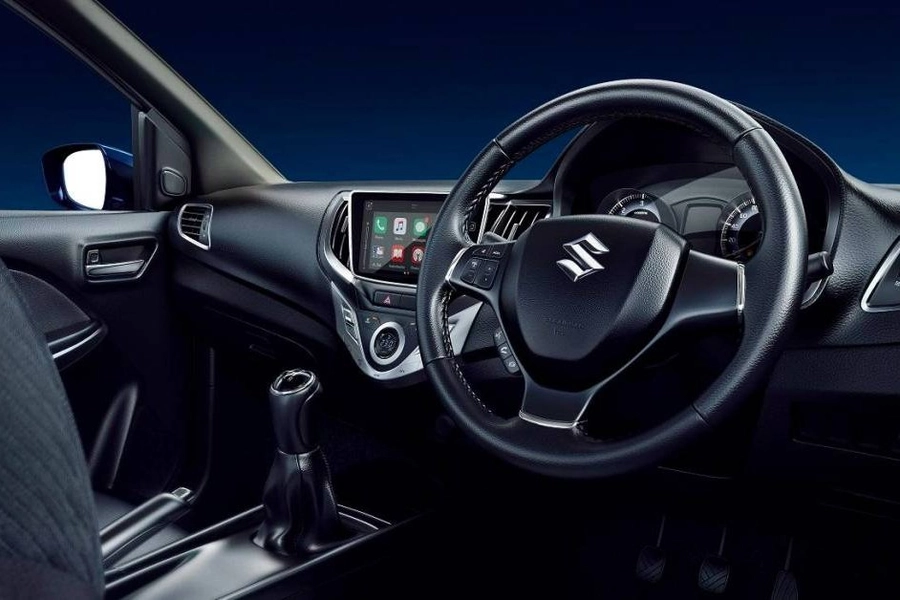
At launch, the Maruti Suzuki Baleno came with two familiar engines: the 1.2-litre K-Series petrol and the 1.3-litre DDiS diesel. They weren’t the most powerful, but they were efficient and easy to live with. The 1.2 petrol made a modest 83 hp and 113 Nm of torque while the diesel churned out 74 hp and a very healthy 190 Nm of torque. Prices for the Baleno started at ₹4.99 lakhs ex-showroom and went up to ₹7.89 lakhs, the diesel was priced between ₹6.16 and ₹8.11 lakhs ex-showroom.
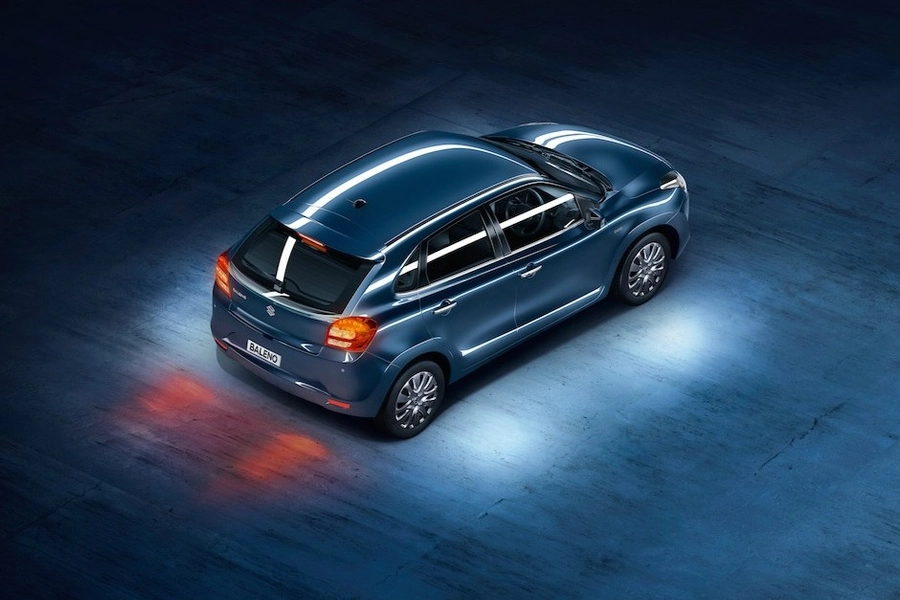
What really won people over was the space and comfort. The cabin felt airier than anything else in its class, with great rear-seat room and a boot big enough for a weekend getaway. Maruti also packed it with features like a touchscreen infotainment system, projector headlamps, and even a CVT option. It had everything Indian buyers wanted, and that helped it take on cars like the Hyundai i20 and Honda Jazz head-on. The Baleno also introduced Apple CarPlay, a first in the country at the time.
Maruti Suzuki Baleno – Baleno RS
By 2017, the Maruti Suzuki Baleno was flying off the shelves. It was a consistent best-seller and a key reason behind NEXA’s growing popularity. That’s when Maruti decided to shake things up with a performance version, the Baleno RS.
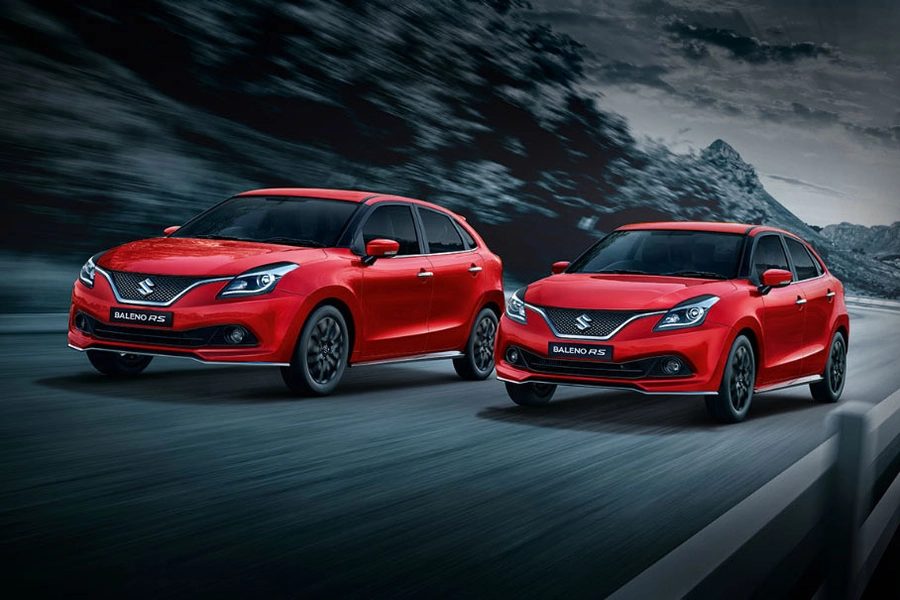
The RS was powered by a 1.0-litre Boosterjet turbo-petrol engine, a compact but punchy motor imported from Suzuki’s international lineup. With 102 bhp and 150 Nm of torque, it was the most powerful Baleno yet. It also got disc brakes on all four wheels and a stiffer suspension setup. Enthusiasts loved the idea of a quick, lightweight hatchback wearing a Maruti badge. But the RS was a bit ahead of its time.

It looked too subtle for its performance, cost more than buyers expected even competition from the likes of the Volkswagen Polo GT TSI. Despite its capabilities, it never found a large audience and quietly disappeared by 2020. Still, it showed that Maruti was willing to experiment and had the engineering depth to build something fun and it did pave way for the locally manufactured 1.0-litre Boosterjet, which does duty on the Fronx.
Maruti Suzuki Baleno – 1st Generation Facelift
In 2019, the Maruti Suzuki Baleno got its first major update. The facelift brought in subtle styling changes, LED projector headlamps, new alloys, and few updates to the interior. Under the hood, Maruti introduced the 1.2-litre DualJet Dual VVT petrol engine paired with Smart Hybrid technology. It made the car cleaner, smoother, and more fuel-efficient, just in time for stricter BS6 emission norms. The diesel variant was discontinued soon after BS6 kicked in, as Maruti began moving away from diesel engines altogether.
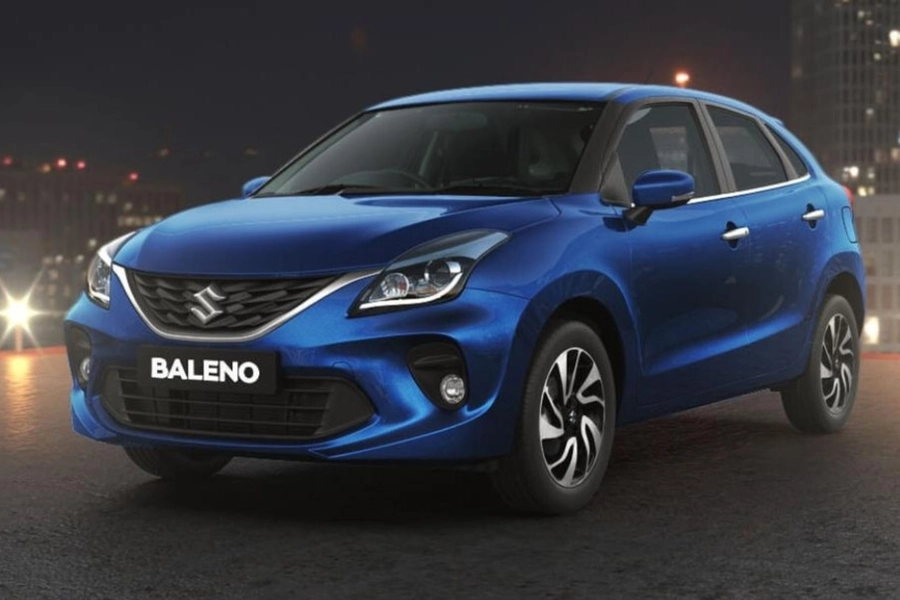
Beyond India, the Baleno’s journey took another interesting turn. It became the cornerstone of the Toyota-Maruti badge-engineering partnership. The Baleno was rebadged and sold as the Toyota Glanza, making it the first Maruti car ever to wear a Toyota badge. The idea worked surprisingly well. Toyota got a ready-made entry into the premium hatchback segment, while Maruti got recognition from one of the biggest carmakers in the world. It was also proof that Maruti’s engineering quality had matured to a level that global brands could trust.
Maruti Suzuki Baleno – 2nd Generation
Then came the second-generation Maruti Suzuki Baleno in 2022. It looked more confident, with a wider stance and a design that felt grown-up. Step inside and it finally felt like a car that justified the “premium” tag. There was a large 9-inch touchscreen with connected tech, a 360-degree camera, a heads-up display, and much better interior materials. Maruti also focused heavily on safety this time, offering up to six airbags, ESP, and improved body strength. The new Baleno in June 2025 received a 4-Star Bharat NCAP safety rating, which is the highest rating for any Maruti hatchback.
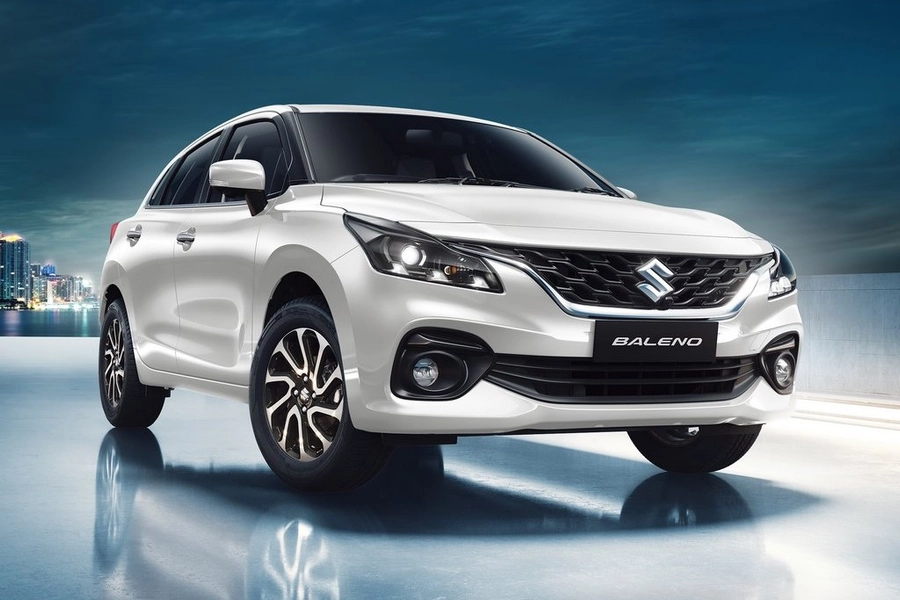
However, Maruti switched from the premium CVT to the affordable AMT which indeed kept the costs low but lost was the smooth shifts of its predecessor. The new K12C 1.2 petrol produces 88.5 bhp and a maximum torque of 113 Nm. The Baleno is now priced between ₹5.98 lakhs and ₹9.09 lakhs ex-showroom. The base variant prices have increased by just 99,000 in the last 10 year, an astonishing feat for any manufacturer.
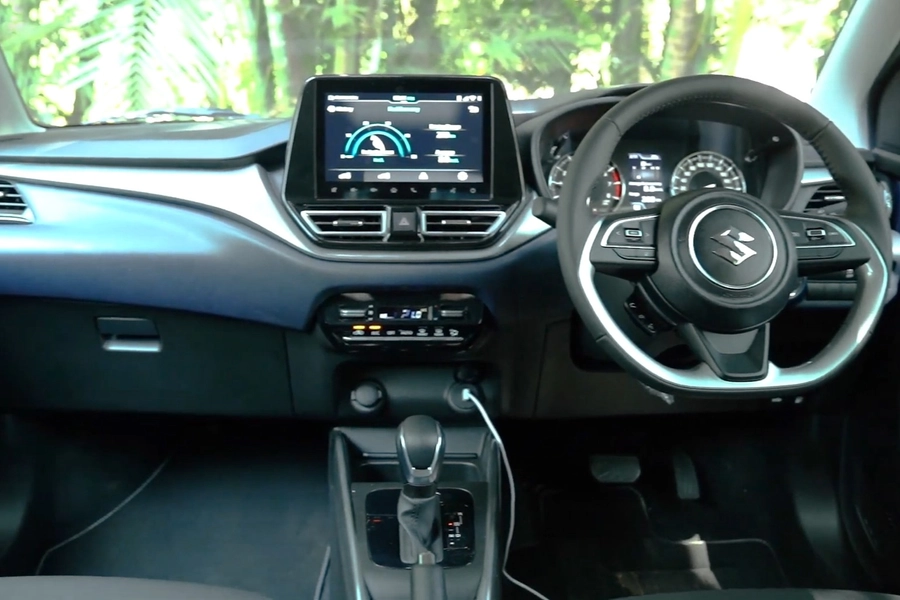
What made the 2022 version important was how it showed Maruti changing its priorities. For years, the brand had focused on mileage and affordability. But now, comfort, technology, and safety were just as important. The Maruti Suzuki Baleno was proof that Indian buyers were evolving, and Maruti was evolving with them.
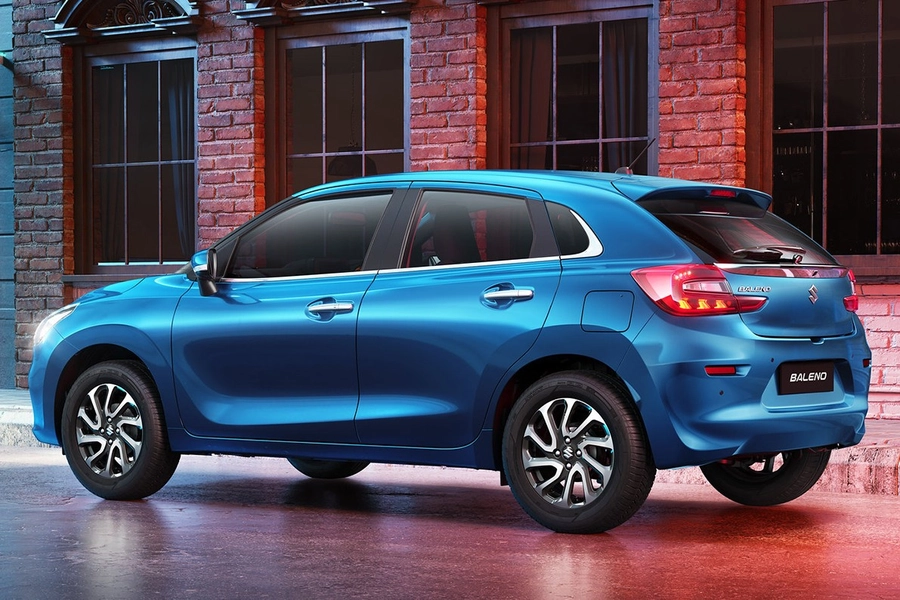
Today, the Maruti Suzuki Baleno remains one of the strongest names in Maruti’s lineup. It continues to sell in big numbers and it contributes to 51% of all retail sales from MSIL’s NEXA showrooms. More than that, it represents how far Indian carmaking has come. It bridged the gap between affordable and aspirational, strengthened the NEXA brand, opened up export opportunities, and laid the groundwork for collaborations with Toyota.
In just a decade, the Maruti Suzuki Baleno has gone from a new experiment to a defining model for India’s hatchback market. It’s not the loudest or most expensive car out there, but it’s one that quietly changed the rules and kept winning while doing it.

